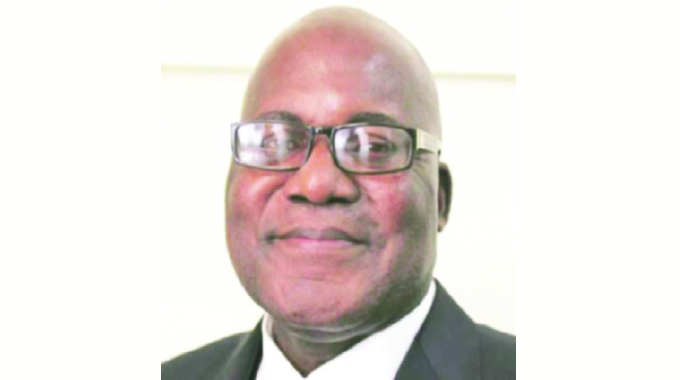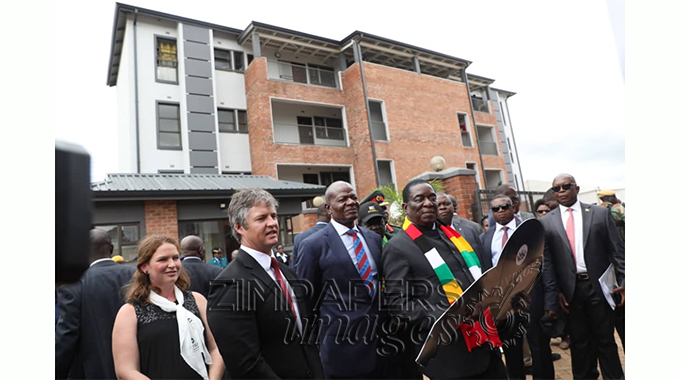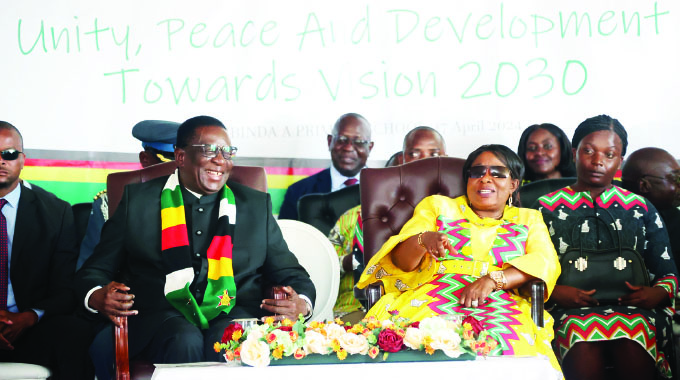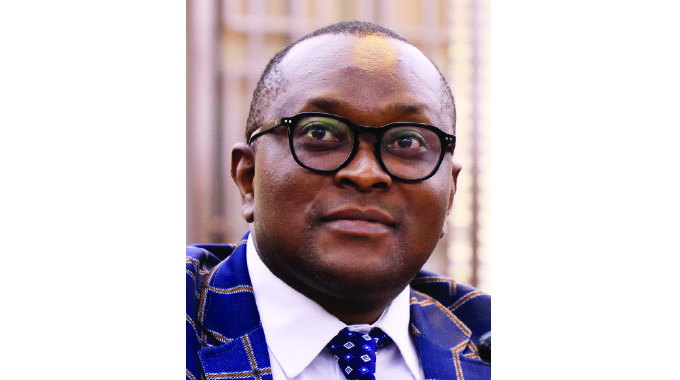Hwange 7 synchronisation in progress . . . 300MW set to be added to national grid

Ivan Zhakata-Herald Correspondent
All tests of the equipment at Hwange Thermal Power Station’s new Unit 7 have been successful with the final process of synchronisation of the whole system now underway and the extra 300MW coming onto the grid sometime this month, Energy and Power Development Minister Zhemu Soda said yesterday.
Synchronisation means that the unit will generate its output at the exact required voltage and frequency as the grid, and that the phasing of the output precisely matches the phasing on the grid.
Even small deviations can cause significant damage, and so for a new unit it is important to get the settings on each part exactly right.
Speaking at a press conference, Minister Soda said all that was left in the commissioning of Unit 7 was the synchronisation of the whole system, which is set to be completed anytime this month.
“Hwange Unit 7 has actually progressed with all other systems having undergone commissioning tests and they were successful,” he said.
“One of the critical stages in the commissioning of a power station is the achievement of certain revolutions of the turbine and that was achieved. We are only left with the synchronisation of the whole system starting from where the coal is burnt, steam is produced, turbines turned and the generator spinning to produce electricity which is evacuated into the grid.
“We expect that anytime from now given that the whole system is 99 percent complete, we are only left with one percent which is the synchronisation of the whole system. We expect the process to end anytime and Government is very much aware that there is a need to have additional power supply fed into the national grid,” he said.
The ministry was aware of the electricity challenges faced across the country and the completion of Unit 7 would help in addressing the challenges.
“We are very much aware that we have a deficiency in terms of the supply of electricity given the demand that is continuously increasing and as such the Government has actually envisaged that coming and embarked on the expansion project to increase on electricity generation through our Hwange Thermal Power Station which is currently running on six units,” he said.
“You might be aware that those units are now very old. The commissioning of those units was done between 1983 and 1986 and from time to time they are now giving us problems. This project, the expansion of Hwange Thermal Power Station, started in 2018 and it is now expected to get to the commissioning of the first unit which is Unit 7 which will immediately give us an additional 300MW into the national grid.
“It will be followed by Unit 8 which we look forward to being commissioned before June this year.”
The completion of Hwange Units 7 and 8 will significantly reduce the power supply deficit and positively impact on Zimbabwe’s energy import bill, with the ultimate goal of the country of becoming a next exporter of power into the region being achieved.
After the commissioning of the two units, Zesa intends to start major rehabilitation of the existing units to restore their capacity to the designed 920MW. At present the station operates at half or less of designed output, and there are frequent breakdowns.
Already, the Government has secured US$310 million from the Export-Import Bank of India for the rehabilitation, which involves some replacement of equipment as well as rebuilds and reconditioning, and this will be done in phases.
The Government contracted Sino-Hydro to fund the expansion of the Hwange Thermal Power Station in a deal worth US$1,2 billion.







Comments